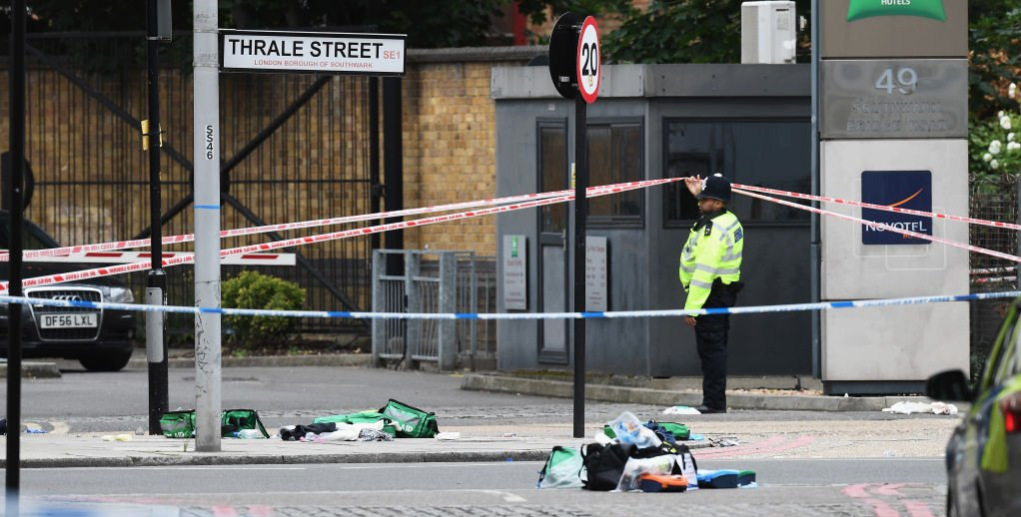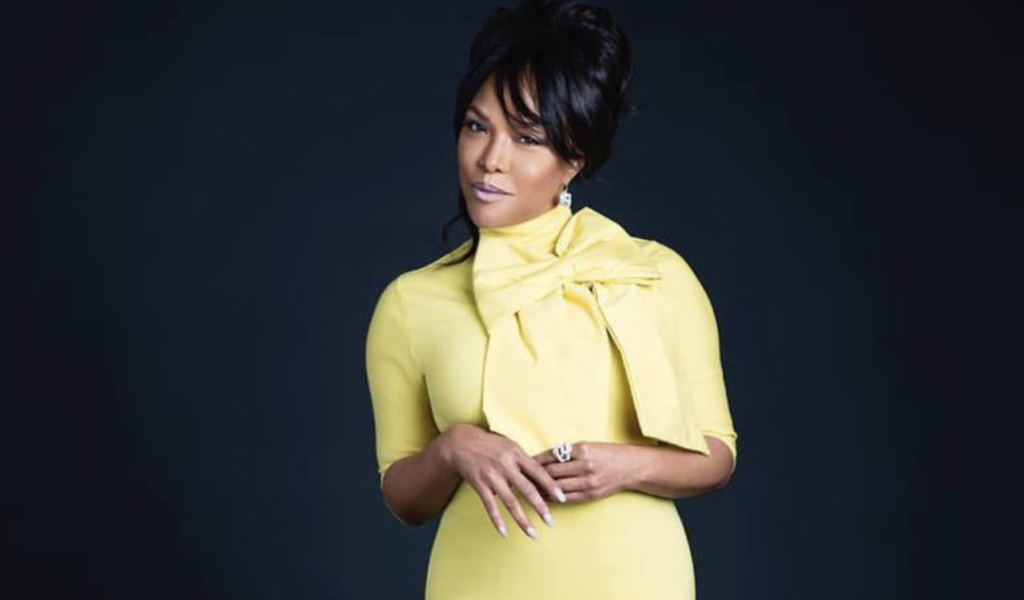Arrests Made Following London Terror Attack
04 Jun, 2017
Twelve people have been arrested after the London terror attack which left seven people dead and 48 injured.
The arrests in Barking, east London, followed a raid at a flat belonging to one of the three attackers.
A white van hit pedestrians on London Bridge at about 22:00 BST on Saturday, then three men got out and stabbed people in nearby Borough Market. They were shot dead by police minutes later.
Condemning the attack, Theresa May said it was “time to say enough is enough”.
Controlled explosions were also carried out at the flat in Barking on Sunday morning.
According to neighbours, the dead attacker had lived there for about three years and was married with two children.
It is the third terror attack in the UK in three months, following the car and knife attack in Westminster in March, which left five people dead, and the Manchester bombing less than two weeks ago, in which 22 people were killed.
Most political parties have suspended national general election campaigning, but the prime minister said full campaigning would resume on Monday and the general election would go ahead as planned on Thursday.
Eyewitnesses to the attack described seeing a van travelling at high speed along London Bridge, hitting pedestrians, before crashing close to the Barrowboy and Banker pub.
Three men then got out wearing fake bomb vests and began attacking people in the nearby market – an area known for its bars and restaurants, which were busy on a warm summer evening.
Four police officers who tried to stop the attack were among those injured, two of them seriously.
One of them was an off-duty officer and amateur rugby player who tackled one of the terrorists, suffering stab wounds.
Another, a British Transport Police officer who joined the force less than two years ago, took on the attackers armed with only his baton.
Metropolitan Police Commissioner Cressida Dick praised their “extraordinary bravery”.
The three suspects were eventually shot dead within eight minutes of the first 999 call being received.
BBC reporter Holly Jones, who was on the bridge, said the van was “probably travelling at about 50 miles an hour” and hit “five or six people”.
Prime Minister May said the counter-terrorism strategy would be reviewed and the UK would work with other countries to prevent the internet being a “safe space” for terrorists.
She said there was “too much tolerance of extremism in our country” and while it would involve “some difficult and embarrassing conversations”, that must change.
The country’s terror level remains at severe – meaning an attack is highly likely – but has not been raised to critical as it was after the Manchester Arena bombing.
With three attacks in three months, terrorism against soft targets is beginning to feel, to some people, like the new normal.
The brutal reality is that this kind of threat is absolutely typical of what jihadists sought to achieve in all their attacks across Europe.
Since 2013 security services in the UK have foiled 18 plots. A large proportion of those have involved suspects who set out to commit acts of violence similar to the attack on Westminster Bridge and London Bridge.
Plans to use bombs, such as at Manchester Arena, are rarer because plotters need to have the technical skills for such an appalling attack – but attacking people with cars and knives is far easier and has long been encouraged by so-called Islamic State and other jihadists.
The aim of the three attackers last night is abundantly clear – not only did they want to kill, but they wanted to lose their own lives.
They would’ve known full well that attacking people in the street would draw armed police in their direction and the fake bomb belts they were wearing would, in their own warped minds, hasten their demise.
The police are asking anyone with photographs or videos of the incident to upload them here.
The area around the attack scene remains cordoned off, with London Bridge closed. Neighbouring Southwark Bridge has now reopened.
Many other roads, including Borough High Street and Lower Thames Street, are also closed, and trains are not stopping at London Bridge rail station or Tube station.
BBC
Image Business twitter
Mentioned In This Post:
About the author
Related Posts
-
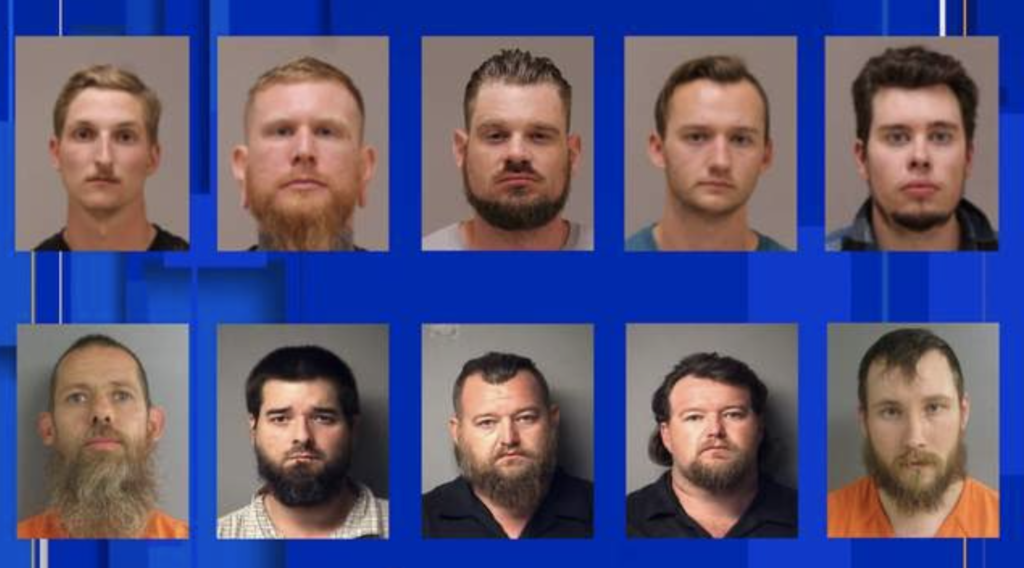
Terrorist Plot To Kidnap Governor Whitmer
-
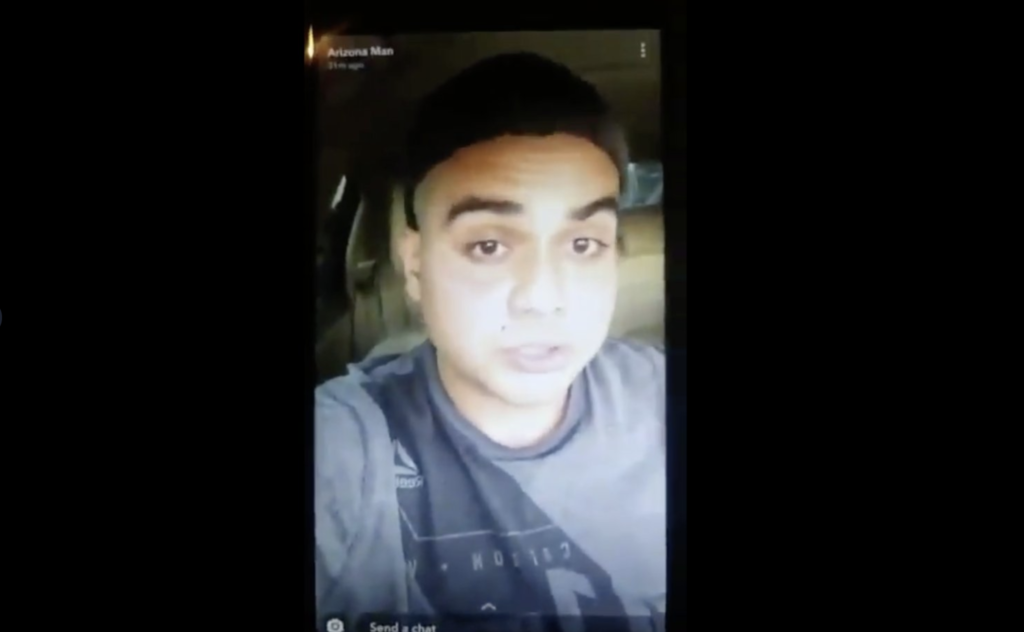
This Coward Streams Shooting On Social Media
-
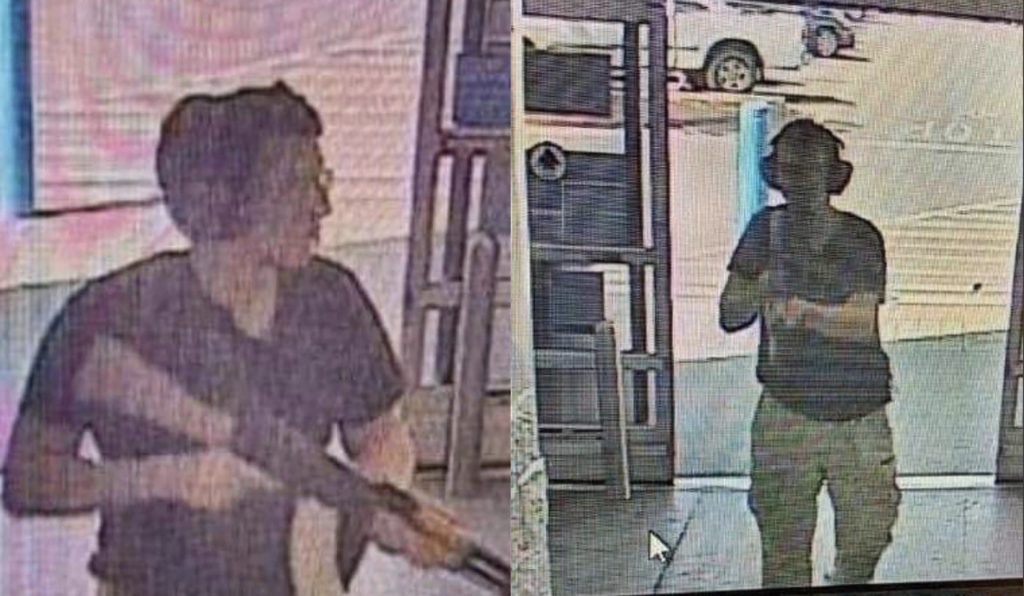
America, We Have A White Terrorist Problem
-
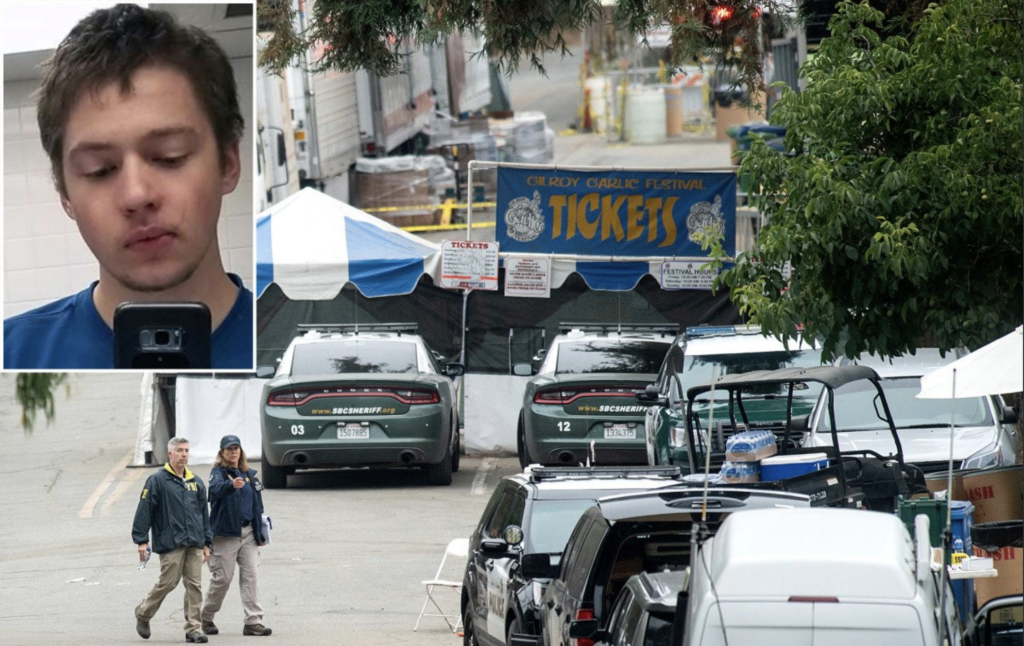
Another Day Another Terrorist Kills Innocent People
-
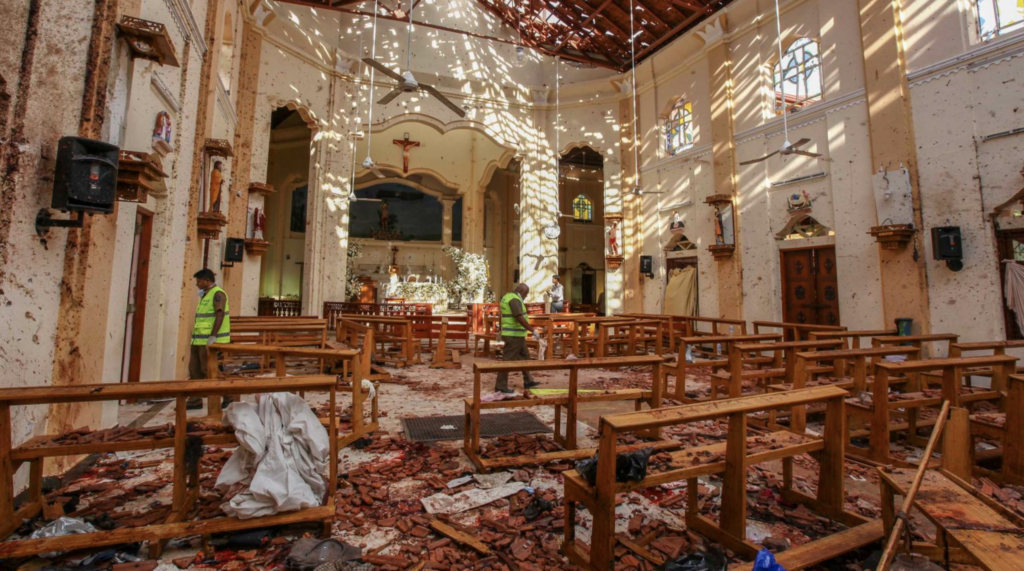
Cowards Commit Easter Bombing For the Worst Reason
-
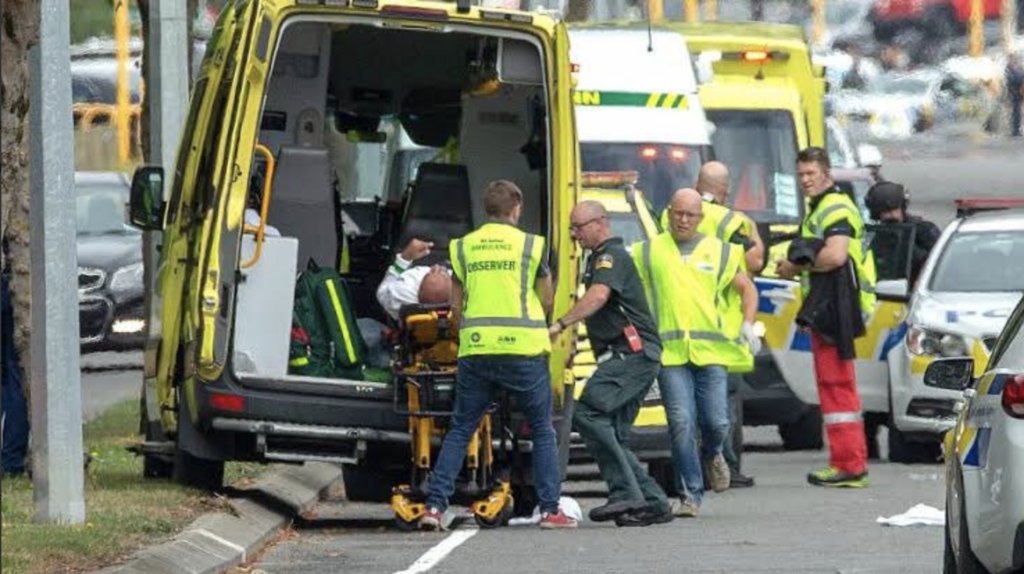
Another Coward Terrorist Kills 49 at Prayer
-
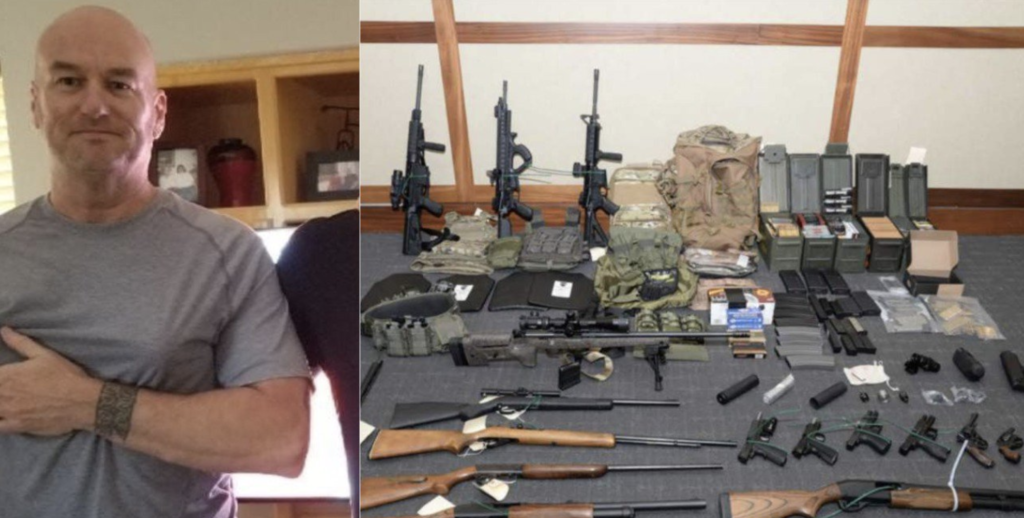
Coast Guard Officer Arrested For Plotting Terror Attack
-
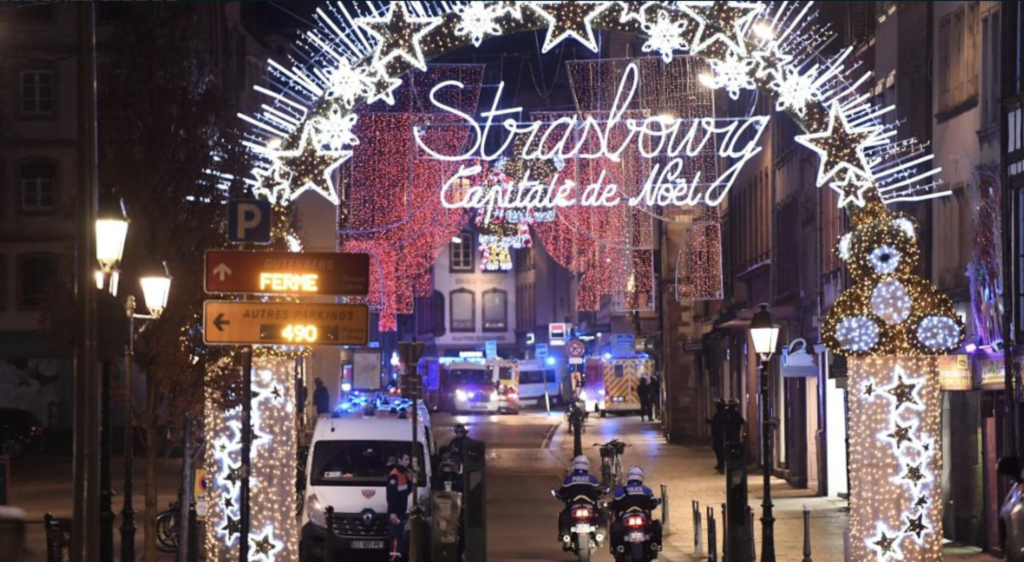
Terrorist Coward Kills 3 At Christmas Market
-
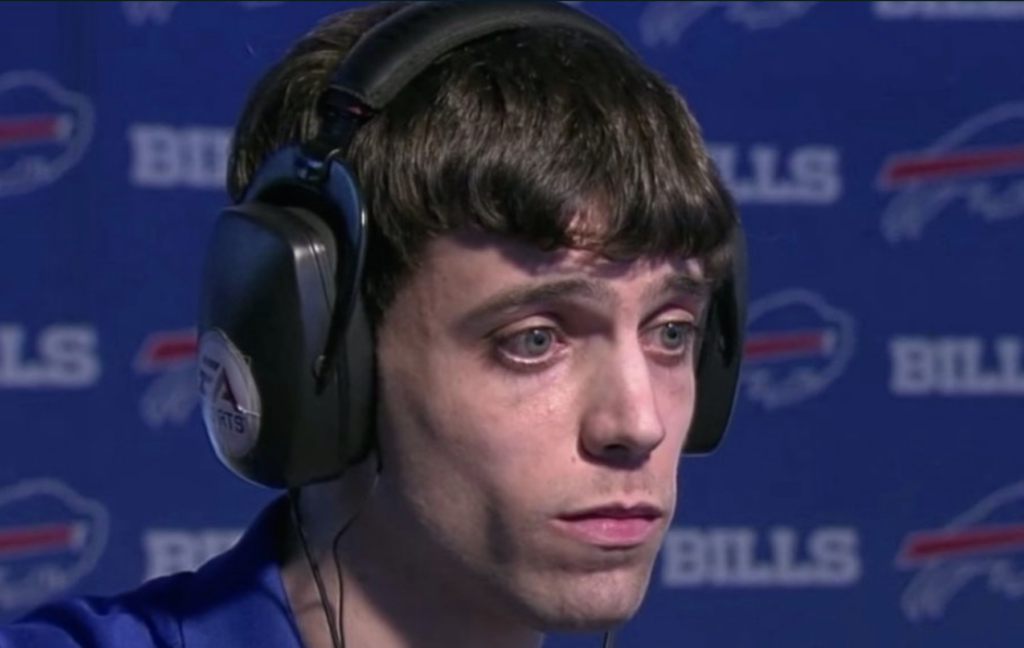
This Coward Killed 3 People at A Video Game Tournament
-

10 Killed Several Injured In Van Attack

